The Germans marched into the open city of Paris during the early morning hours on 14 June 1940. By the end of the day, almost all of the ranking Nazi officers, their troops, and administrative departments were entrenched in Paris buildings appropriated from the governments of France and other countries, French citizen’s private residences, and properties owned by French Jews. It was almost as if the Nazis knew in advance where each of them would set up shop and live during the Occupation of Paris. It was clearly a model of German efficiency. That is, except for a member of the French Resistance who ultimately chose an apartment next to the living quarters of one of the top Nazi spies in Paris. Was this a coincidence, an accident, or something planned?
Our Paris Trip
Sandy and I are back from Paris and exhausted (but in far better physical shape than when we arrived). The final numbers are in and we walked an average of 10.4 miles per day and Sandy snapped 1,868 photos. We followed all nine walks of the two volumes of our new book, Where Did They Put the Gestapo Headquarters? I don’t want to spill the beans but the Gestapo had offices all over the city. Our friend, Raphaëlle, introduced us to many interesting people, some of whom have dedicated their lives to preserving the memory of the Holocaust and Nazi crimes.
I first ran across the name of Henri Déricourt during my research into the British run spy organization called Special Operations Executive (SOE). Several of my prior blogs were about the women agents working for F Section (i.e., France) of the SOE and individual SOE agents (e.g., Nancy Wake). At the time, I didn’t really dig into Déricourt’s involvement with the SOE. However, I recently ran across a short story (“The Spy Who Chose the Wrong House”) about how he came to live next door to the Nazi officer whose job it was to capture foreign agents and French Resistance members (e.g., Déricourt). The author ends the story by mentioning what a “weird happenstance” it was that this occurred—or was it? Read more about the SOE.
Let’s Meet Henri Déricourt
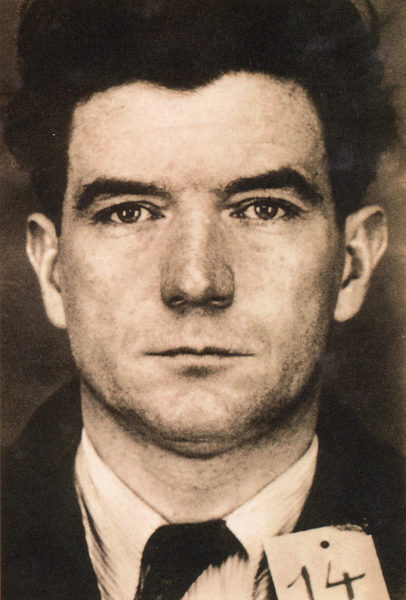
Henri Déricourt (1909−1962) was a French citizen who as an adult became a trick aviator working for the French Air Force as a test pilot and later a commercial pilot. However, it would be his exploits in 1943 and 1944 as a member of the French Resistance that earned him his infamous reputation.
SOE Recruitment
Déricourt managed to get to England in the summer of 1942 where he was investigated by MI5 or the Security Service division of Britain’s intelligence service (akin to the CIA). The MI5 agents in charge of his case were skeptical of Déricourt and his trustworthiness. Yet, he was subsequently turned over to MI6 (Secret Intelligence Service—you know, James Bond) which despite its concerns, recruited Déricourt as one of their agents. By early 1943, Déricourt was passed on once again but this time to Maurice Buckmaster (1902−1992), head of F Section for SOE who enthusiastically recruited Déricourt as an undercover agent.
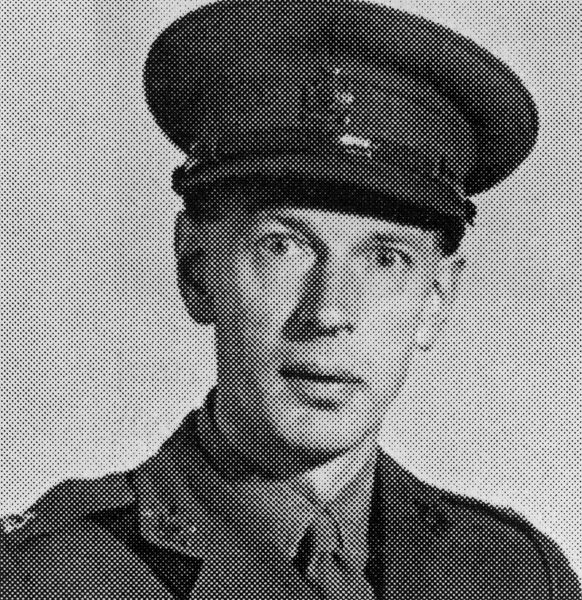
The SOE began its existence in July 1940 as a secret sabotage organization under orders from Winston Churchill who admonished its agents to “set Europe ablaze.” Its primary function was to train and drop agents into the occupied countries to support the activities of the resistance and gather information. Individual “sections” were established for each country. France was given two sections: F and RF. The RF Section was linked to Charles de Gaulle’s Free French Government in London. Its agents were French citizens. However, the knowledge and existence of the British-led F Section was deliberately kept from de Gaulle.
Circuits or networks were established within each section. The first SOE agent to be dropped into France was Pierre de Vomécourt (1906−1986). More agents began to arrive once de Vomécourt reported back to London about the French willingness to form resistance networks. The largest circuit in France was known as “Prosper.” Formed in 1942 by François Suttill (1910−1945), this circuit was centered in Paris.
The Prosper Circuit
The circuits were divided into groups of three individuals: the leader, the assistant, and the radio operator. The first Prosper cell consisted of Suttill (aka Prosper), J.F. Amps, and the radio operator, Gilbert Norman (aka Archambaud).
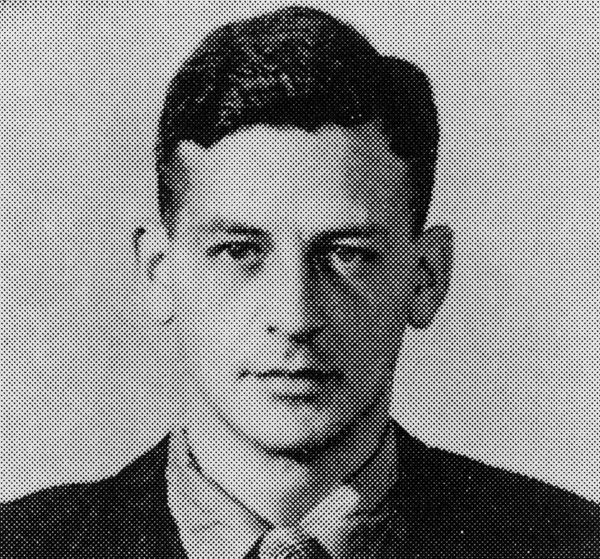
By mid-1943, the Germans had penetrated the Prosper Circuit with the assistance of Henri Déricourt. As agents parachuted into the fields outside Paris, the Nazis would be there to greet them. Agents were also arrested in Paris based on information given by other captured agents under extreme torture. Henri Déricourt by this time, had returned to Paris from London. The Germans were enabled because of the information given to them by Déricourt. You see, Buckmaster and his assistant, Vera Atkins, had given Déricourt the job of meeting the agents at the drop zones so he was able to pass the dates, times, and places on to his Nazi handler. Ultimately, the Germans captured the radios and codes used by the SOE to report back to London. They managed to send misleading reports masquerading as the SOE radio operator.
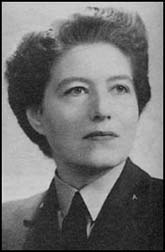
Eventually, the Prosper network was destroyed. Approximately 70% of the original agents never returned alive. After being captured, they were brutally interrogated, tortured, and either shot or sent to a concentration camp to die.
One of the historians commenting on the role of the SOE during the war felt as though the SOE was ineffective and did not contribute much to the Allied success. I couldn’t disagree any stronger. It seems that I run into the SOE and its brave agents every time I turn a page. Sure, some networks like Prosper were compromised but the majority of the eighty or so SOE réseaux (espionage networks) provided valuable information to London as well as distributing money, guns, and ammunition to the resistance fighters, in particular the Maquis (e.g., Nancy Wake, the White Mouse). The role of SOE agents in working with the Maquis contributed to the success of the Allies during D-Day.
Hugo Bleicher
Hugo Bleicher (1899−1982) was a ruthless agent for the Abwehr (Nazi intelligence organization) assigned to identify, pursue, arrest, and turn over to the Gestapo those French resistance members and foreign agents he caught. Additionally, Bleicher was empowered to turn the arrested into double agents. He was likely Déricourt’s Nazi contact. Bleicher was extremely successful and his reputation was that he could spot an Allied spy from fifty yards.
When Déricourt returned to Paris in mid-1943, he found an apartment located at 58, rue Pergolèse. It was steps from where the Gestapo had set up their main offices, interrogation cells, and torture rooms at 84, avenue Foch. His apartment was also next door to Hugo Bleicher’s apartment. Coincidence or not?
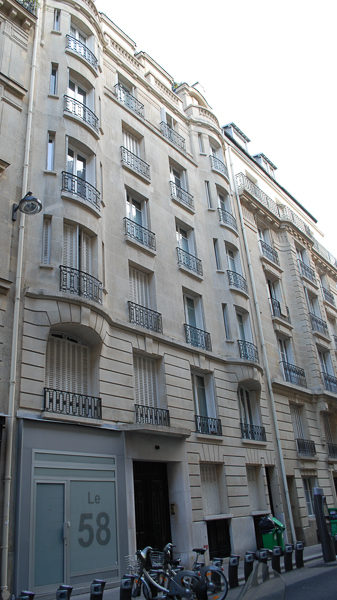
Trial, Acquittal, and Death
Déricourt was arrested in November 1946. He did not come to trial until two years later. However, by then, key prosecution witnesses were missing. A senior SEO officer was called to testify on behalf of Déricourt. The court was shocked when Nicholas Bodington testified that he had ordered Déricourt to work with the Germans. Based on Bodington’s comments, Déricourt was acquitted much to the disdain of former SEO agents who knew the truth. But what really was or is the truth?
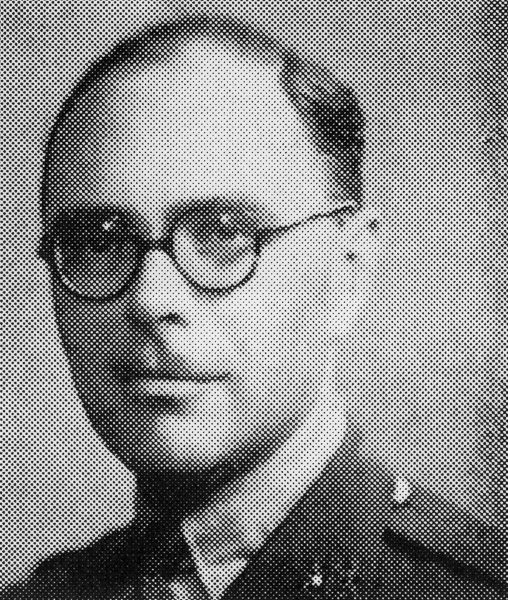
After the war, key Nazi officials were interrogated and documented evidence indicates that Déricourt and Bodington were pre-war friends of Karl Böemelburg (1885−1946), head of the Gestapo in France. During the 1930s, Böemelburg was stationed in Paris at the German Embassy as part of the Abwehr and frequently accompanied Déricourt and Bodington to the horse races. After the occupation, he resided at 43, avenue Victor-Hugo which became known as Villa Böemelburg—where “guests” were tortured. There he recruited agents to use against the SOE. Henri Déricourt became Agent BOE−48.
New information indicates that it was highly likely Déricourt was under orders from the British intelligence agency, MI6, to work as a double agent. Perhaps Déricourt’s post-war claims that SOE agents were deliberately sacrificed might have some merit. The spy business is very secretive and deliberately misleading at times. This is a story that we will really never know the real truth. That is until some declassified information gets into the hands of historians and clears up the mystery.
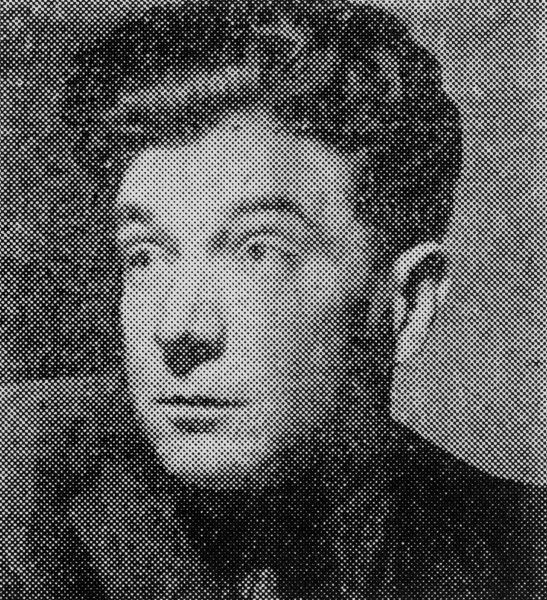
Regardless of the acquittal, Déricourt’s reputation was destroyed in the court of public opinion. He left France, resumed his career as a pilot, and eventually ended up transporting raw opium for the Mafia. On 21 November 1962, Déricourt’s plane ran out of fuel in Laos and crashed. All five people on board died—or did they? Four bodies were found but Déricourt’s body was never found.
Recommended Reading
If you’d like to dig a little deeper into the history of the SEO and Henri Déricourt, I recommend the following books:
Helm, Sarah. A Life in Secrets: Vera Atkins and the Missing Agents of WWII. New York: Anchor Books, 2005.
Buckmaster, Maurice. They Fought Alone: The True Story of SOE’s Agents in Wartime France. London: Biteback Publishing, 1958.
Murphy, Christopher J. Security and Special Operations: SOE and MI5 during the Second World War. New York: Palgrave Macmillan, 2006.
Sarah Helm’s book A Life in Secrets: Vera Atkins and the Missing Agents of WWII is well-researched and provides the reader with an excellent overview of F Section, its officers, and agents. Christopher J. Murphy’s book Security and Special Operations is a very well-researched book on the SOE and its relationship with the British MI5 (Security Service) and MI6 (Secret Intelligence Service). It is largely based on recently declassified documents and interviews with surviving participants. Maurice Buckmaster (They Fought Alone) was the commander of F Section and exhibited many of the traits of country section leaders outlined in Mr. Murphy’s book. Be aware that Mr. Buckmaster’s book may be somewhat slanted towards the history that he wants you to know and remember.
What’s New With Sandy and Stew?
We’re recovering and took a well-deserved day off after getting back to the States a week ago.
Thanks to all of you who checked in with us because of the hurricane. Fortunately, our place and the boat did not sustain any damage. Our city was very lucky despite being directly in the path of Irma. Sadly, others were not as fortunate. My friend Jim once told me, “It’s not if a hurricane will hit Florida, it’s when.”
Now all Sandy has to do is catalogue all of those photos.
Someone is Commenting On Our Blogs
It’s a coincidence that this blog pertains to the Special Operations Executive (SOE) and simultaneously, we’ve made a new friend who is writing a book about one of its agents. Thank you to Arthur M. who visited our web site—we’ve struck up a dialogue with him. I have my fingers crossed that we can convince Arthur to be a guest blogger in the future.
If there is a topic you’d like to see a blog written about, please don’t hesitate to contact me. I love hearing from you so keep those comments coming.
Why Would You Want To Buy Our “Walks Through History” Books?
Simple.
You like to travel and experience history and historical events. You like to see original buildings that had a significant impact on the people and events of the history you’re engaged with. You want to know the stories behind the brick and mortar in front of you.
The walking tour books are meticulously researched so you can go directly to those sites and learn about the building’s history as well as an introduction to some of the more interesting people associated with it.
Thank You
Sandy and I appreciate you visiting with us. We have some exciting things on the horizon and we’ll keep you updated as we go along.
Share This:
Follow Stew:
Find Stew’s books on Amazon and iBooks.
Please note that we do not and will not take compensation from individuals or companies mentioned or promoted in the blogs.
Walks Through History
Copyright © 2017 Stew Ross


Merry Christmas!
WHEN IS THE BOOK ‘Where Did They Put The Gestapo Headquarters’ coming out?
HI, i was wondering if you knew what happened to HUGO BLEICHER.. I have looked everywhere and it is all vague. The same with with ROGER BARDET as they worked together… and during the trials.. everything is so murky and foggy. I know there is a file on BARDET at NATIONAL ARCHIVE… but I am in Germany and can’t get over to KEW. Wondering if you know anything? Thank you for your brilliant blog / work that you do, esp all the WW2 info!! Brilliant !! Much respect and thanks kk
Hi kk; Thanks for your comments. I appreciate your kind feedback. You are correct. The post-war records of both Bleicher and Bardet after their respective releases are virtually non-existent. Both men faded into the big black hole called “history.” Bleicher returned to his hometown in 1946 and opened a retail tobacco store. After his release in 1955 (his death sentence was commuted), Bardet vanished. Perhaps the file you mention would shine some light on it. Too bad the file hasn’t been digitized and the only way to obtain a hard copy is to show up at KEW (which I think is closed now due to the virus). Anyway, sorry I couldn’t be of more assistance. Thanks again for writing to us. Glad you enjoyed the blog and I hope you’ll consider subscribing to the bi-weekly blogs. STEW
Hello!
In my research I have run across the story of “Salon Kitty” a number of time, but the root of all of the references seems to go back to Walter Schellenberg. Allegedly a British agent, Roger Wilson, was a regular at the German brothel, and wired it for sound/intel. What is confusing is the allegation that the ‘salon’ was taken out by a British air raid in July 1942. I find no British raids on Berlin listed during the summer of 1942. Do you have any information on this?
Hi Pat, thanks for reaching out to us. I’ve never heard of “Salon Kitty” until you mentioned it in your message. As I mentioned to you off-line, it is unlikely a British air raid occurred in July 1942 (at least I couldn’t find any documentation). The bombings of Berlin didn’t really begin until the summer of 1943. Interesting about Roger Wilson. There is absolutely no information out there on this fellow. I have a feeling that if he was a real person, his files are so deeply buried in the government’s classified document section that he may never see the light of day. I’ve decided to do a blog on the brothel and plan to publish on 18 December — the last blog for 2021. Thanks again and I hope you might consider subscribing to our bi-weekly blogs. Best – STEW
Hi there. I run the group SOE and Resistance on Facebook.
This is a group with over 2 thousands members interested in both SOE and Resistance mainly F and RF Sections.
All new members are welcome.
Hi Shannon. Thanks for reaching out to us. I’m sure some of our readers will take you up on the offer to join. STEW
I was reminiscing about my grandparents , my grandfather was James Grover.
He had an older brother called William Grover (my father referred to him as uncle Bill) used to live in Herefordshire.
A bit of back story !.
My grandfather (James Grover) was involved in the Free French movement and used to show me paperwork and badges from them, I was a 7yo it was about 1961.
The garage had lots of pictures of Uncle Bill in it as I remember.
The house he lived in was “Chestnut Cottage” 67a Longlands Park Crescent , Sidcup Kent .
My parent Howard & Jean Grover where met and where stationed at Herefordshire Airforce Base in about 1952 an used to stay at Uncle Bills place in Herefordshire where I was conceived in 1954, my father says they used to stay there as it was frowned appon in those days.
Too may coincidences if you ask me.
Intriguing why F and RF sections of SOE were formed.
Why would this not cause problems on the ground?
The whole thing is intriguing including Admiral Canaris trying to thwart the worst of the Nazi.
Official records of SOE were destroyed after the war I believe which makes your research difficult if not impossible.
Hi Edward; Thanks for reaching out to us. Yes, interesting about the two sections. It was a political decision since Churchill didn’t want de Gaulle to know about F Section. Only RF Section was divulged to the Free French. Slowly but surely, the British government is releasing classified documents. Many of us are not too sure why certain documents remain classified after all these years. STEW